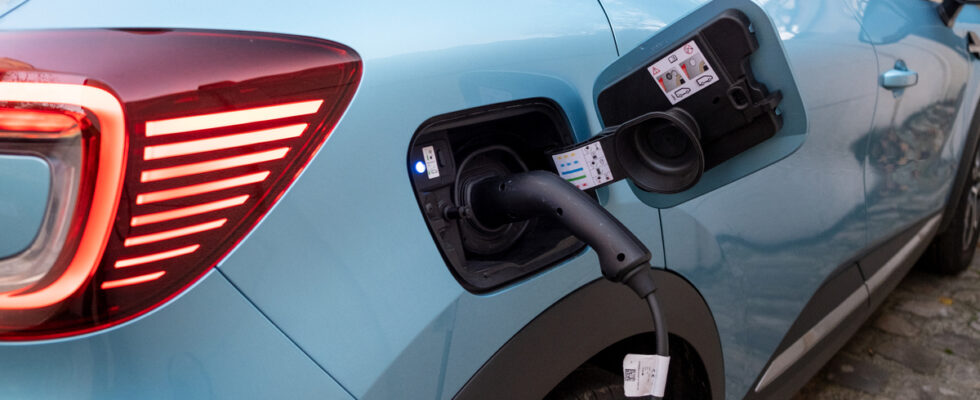Plug-in hybrid cars (PHEV) operate on two energies: they can run on electricity, with a powertrain close to that of a 100% electric car (EV), but also on gasoline – or diesel for certain models —, and then behave like a classic hybrid car (HEV).
This technology is therefore supposed to combine the best of both worlds, allowing you to drive without exhaust emissions for everyday journeys, but without making long journeys too complicated (plug-in hybrid cars are nevertheless often equipped with small fuel tanks). , when compared to other cars with internal combustion engines).
Fuel consumption in real conditions therefore depends on the proportion of journeys made using electricity. However, the WLTP approval protocol displays fuel consumption in the same way as for a thermal car, without explaining that it is supplemented by electricity consumption. This allows many plug-in hybrid cars to display approved consumption figures below 2 l/100 km.
Several studies had already denounced that these approval values did not at all reflect the behavior of drivers in real conditions, and therefore the true consumption and emissions of plug-in hybrid vehicles.
Consumption 3.5 times greater than announced
It is now the European Commission which is bringing this difference into broad daylight. This has published its first report on real CO2 emissions from cars, based on data from on-board fuel consumption monitoring devices (OBFCM), mandatory on new cars in the EU since 2021.
Unsurprisingly, petrol and diesel cars consume more in real conditions than what WLTP approval promises, but by “only” 23.7% and 18.1% respectively. For plug-in hybrids, the gap is even greater. On average, they consume 3.5 times more than their approval claims, i.e. 4 l/100 km more and 100 g of CO2 emitted per additional km.
It is not directly plug-in hybrid cars that are being singled out, but rather their approval which does not reflect customer use. These models can also be very sober when used well.
“Analysis of real-world data confirms that the gap between plug-in hybrid vehicles and conventional vehicles is significantly larger in the real world. One of the main reasons for this gap is the mismatch between the utility factor used during approval and the actual charging and driving patterns of the vehicles.”explains the Commission.
The utility factor, or utility factor (UF), is determined for each plug-in hybrid model based on its electric range. It is used to estimate what proportion of journeys will be made using electricity. The Commission “has already introduced changes to the calculation of the utility factor in order to bring it closer to real conditions”. However, you will have to be patient since “these changes will apply in two consecutive stages, from 2025 and 2027”indicates the Commission.
